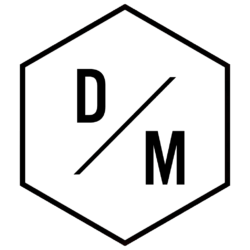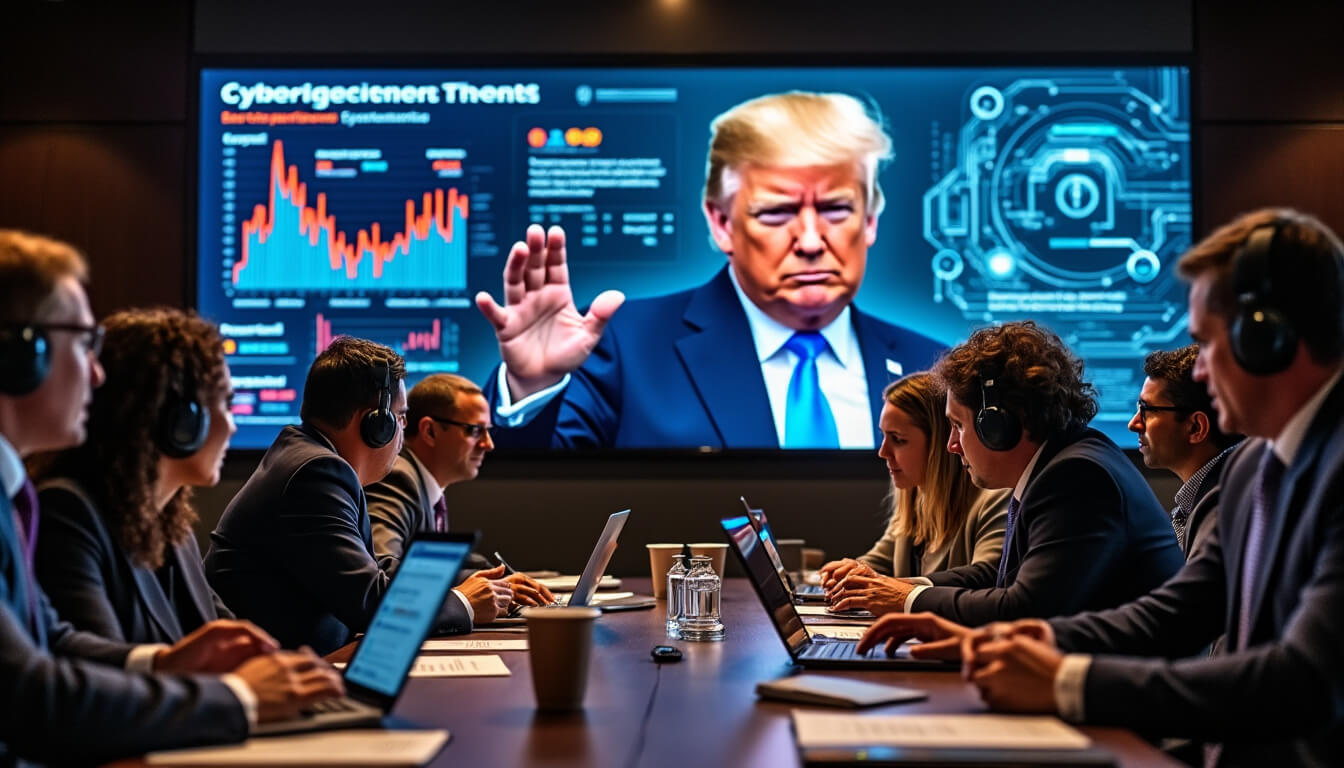The cybersecurity landscape is bracing for significant changes as Donald Trump reignites his political ambitions, with potential implications for companies such as SentinelOne. The former president’s actions have raised alarms among industry experts, where fear of deregulation coexists with an increasing number of cyber threats. As the political climate grows more contentious, cybersecurity firms are monitoring their operational environment closely, anticipating shifts that could affect their strategies and effectiveness in combatting cyber threats.
Implications of Trump’s Focus on SentinelOne
Trump’s direct targeting of SentinelOne has sent shockwaves throughout the cybersecurity community. The former president’s rhetoric often signals a potential wave of changes in cybersecurity policy that could alter how businesses approach data protection and threat mitigation.
The potential impact of deregulation on cybersecurity
The cybersecurity industry generally benefits from regulations designed to protect sensitive information and systems. Trump’s criticism may lead to deregulation, raising concerns about how this will affect the responsibility businesses hold in safeguarding their data.
- Increased risks for data breaches.
- Less stringent compliance requirements.
- Vulnerabilities in critical infrastructure defenses.
Who are the key players competing with SentinelOne?
As SentinelOne navigates through these turbulent waters, it contends with established cybersecurity giants such as CrowdStrike, Palo Alto Networks, and Fortinet.
| Company | Specialization | Market Share |
|---|---|---|
| SentinelOne | AI-driven endpoint protection | 15% |
| CrowdStrike | Threat intelligence and incident response | 20% |
| Palo Alto Networks | Network security | 18% |
| Fortinet | Firewall solutions | 13% |
What are the strengths of competing cybersecurity solutions?
Companies like Symantec, McAfee, and Cisco have distinct advantages that could help them thrive amidst any backlash against SentinelOne.
Preparing for the future of cybersecurity
As the tension escalates, the cybersecurity sector must adapt and prepare for unprecedented challenges. Companies are focusing on refining their strategies and bolstering their defenses against evolving threats.
- Investing in advanced AI technologies.
- Enhancing employee training and awareness.
- Developing robust incident response plans.
What steps can organizations take to mitigate risks?
Organizations must remain proactive in solidifying their cybersecurity posture. This includes employing tools from companies like Check Point, Darktrace, and FireEye, ensuring a well-rounded defense against evolving cyber threats.
Understanding the regulations and their implications
The regulatory framework underpins many cybersecurity practices, establishing compliance benchmarks that firms strive to meet. Any changes initiated by Trump could disenfranchise some protections.
| Regulation | Impact | Potential Changes |
|---|---|---|
| GDPR | Enhances privacy protections | Weakening of cross-border privacy regulations |
| HIPAA | Protects medical data | Adjustments to healthcare data handling practices |
| PCI DSS | Secures payment information | Less stringent compliance requirements |
In this fast-evolving landscape, cybersecurity firms are honing their focus on resilience, anticipating regulatory changes while enhancing their technological capabilities.
Why is SentinelOne significant in the cybersecurity sector?
SentinelOne is known for its AI-driven endpoint protection capabilities, making it a leader in cybersecurity.
How does Trump's targeting of SentinelOne affect the cybersecurity industry?
Trump's focus may signal potential deregulation, raising concerns about data protection practices across the industry.
What are the advantages of companies like CrowdStrike and Palo Alto Networks over SentinelOne?
These companies have established brand recognition and diverse product portfolios that bolster their competitive positions.
How can organizations enhance their cybersecurity measures?
Organizations can strengthen their defenses by investing in AI technologies and developing comprehensive incident response plans.
What role do regulations play in cybersecurity?
Regulations like GDPR and PCI DSS set compliance standards that protect sensitive information and systems.
How are top cybersecurity firms responding to increasing threats?
Firms are focusing on innovation, employee training, and robust security practices to counter evolving cyber threats.
What future trends should be anticipated in the cybersecurity sector?
Expect innovations in AI, cloud security enhancements, and a rise in security automation practices.
How do companies like Check Point and FireEye fit into the competitive landscape?
These firms offer specialized solutions that enhance overall cybersecurity capabilities for their clients.
What are the potential risks if regulations are relaxed?
Relaxation of regulations may lead to increased data breaches and inadequate safeguarding of critical infrastructure.
What strategies should companies adopt to prepare for change?
Companies should continuously evaluate their cybersecurity measures, prioritizing risk assessment and compliance with evolving standards.


